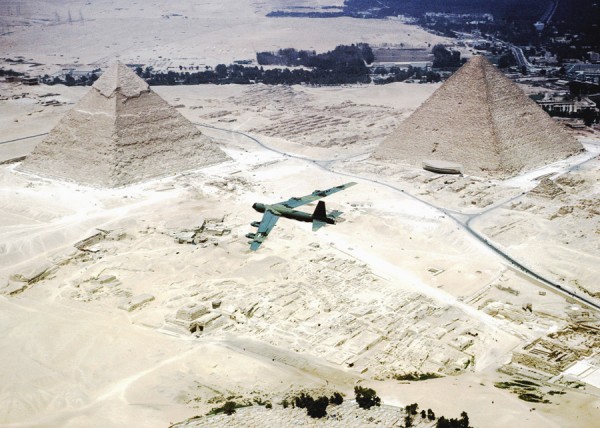Thomas Galler
Wednesday, 4 September 2013
Work from Sunset Series / Bright Star at Hauser Gallery. Note for above images: Bright Star (first three images) precedes the Sunset Series (last two images).
“”There is nothing quieter than a loaded canon.” – Heinrich Heine
In his picture set, “The Sunset Series”, Thomas Galler juggles expertly with the products of the media age, creating new contextual settings by making invisible the core topics i.e., the war in Afghanistan and in Iraq. The chosen topics are snapshots of sunsets that throw up questions about longings, beauty, joy and time. The fact that the images are known to have been taken by soldiers, lends this aspect another weighting more reminiscent of the feeling of “calm before a storm” or “every day could be your last”. Despite the abstinence of war and time the images remain important documentary evidence both for world history and the history of every individual.
Galler’s work series “Bright Star” presents a collection of images depicting a formation of Egyptian and U.S. fighter jets flying over the pyramids of Gizeh. The conflict between Egypt and Israel, and the Camp David Peace Agreement are cited as the historical context. By way of stark contrast Thomas Galler had the subjects printed on postcards and distributed in Cairo. Placing jets deployed in military action in a touristic setting attests to the artist’s ironic treatment of forms of representation, but also calls into question societal norms and their controlling by the media presence.
Both bodies of work involve a shifting of meanings by altering the context or creating new ones. And by experimenting with reproduction and placing in new contexts Galler lets the observer explore new perspectives. This and his moving the topic of war into the context of art is simultaneously experienced as irritating and fascinating. Galler avails himself of a socially occassioned, thought-provoking voyeurism, which can prompt a new way of observing and exploring issues.” – Graziella Kuhn




